Grubs galore! What do you think is the source?
ccl1968
11 years ago
Featured Answer
Sort by:Oldest
Comments (24)
digdirt2
11 years agosunnibel7 Md 7
11 years agoRelated Professionals
Brentwood Landscape Architects & Landscape Designers · Fitchburg Landscape Architects & Landscape Designers · East Patchogue Landscape Architects & Landscape Designers · Cincinnati Landscape Contractors · Deer Park Landscape Contractors · Hollywood Landscape Contractors · Mastic Beach Landscape Contractors · Northbridge Landscape Contractors · Quincy Landscape Contractors · The Woodlands Landscape Contractors · Wareham Landscape Contractors · West Allis Landscape Contractors · Wilton Landscape Contractors · Crowley Landscape Contractors · Fort Worth Driveway Installation & Maintenanceccl1968
11 years agojolj
11 years agopennypond USDA 10 Sunset 21 CA
11 years agoccl1968
11 years agoccl1968
11 years agosunnibel7 Md 7
11 years agoccl1968
11 years agochas045
11 years agojean001a
11 years agoccl1968
11 years agojnmsr
9 years agoshayneca25
9 years agovedabeeps
9 years agogoodnessbeadsupply
7 years agopikaki09
7 years agoamydut
6 years agojolj
6 years agoMokinu
6 years agolast modified: 6 years agojolj
6 years agoShari Melendez
3 years agojoe LeGrand
3 years ago
Related Stories
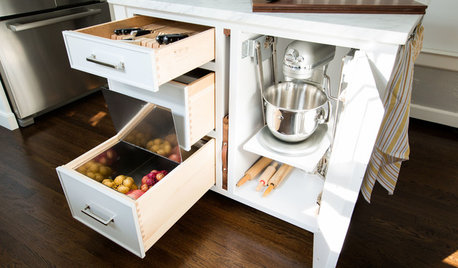
KITCHEN OF THE WEEKKitchen of the Week: Storage Galore in a 1920s Colonial
Pullouts, slots, special drawers and more — this customized kitchen packs in plenty of organizing solutions
Full Story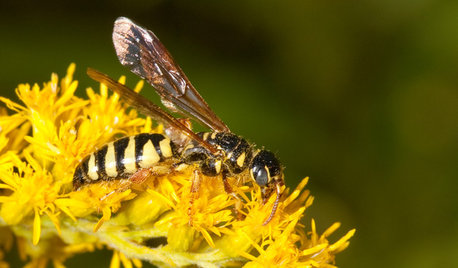
GARDENING GUIDESAttract Thynnid Wasps With Summer-Flowering Native Plants
These beneficial insects will hunt damaging beetle grubs in your lawn
Full Story
HOUZZ TOURSHouzz Tour: Redo Stays True to a California Home’s Ranch Roots
Vaulted ceilings, windows galore and a simple white palette make for casual indoor-outdoor living
Full Story
GARDENING GUIDESGreat Design Plant: Sambucus Nigra
Common elderberry is a highly adaptable shrub from the eastern U.S., with berries galore for wildlife and humans alike
Full Story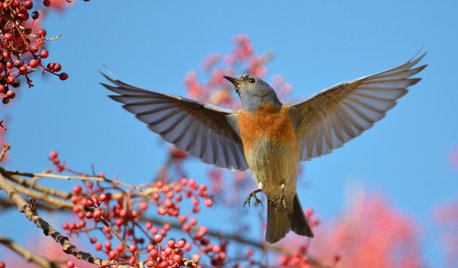
GARDENING GUIDESHow to Bring the Joy of Bluebirds to Your Garden
Attract these beautiful songbirds with nesting habitat and food sources, including berry-producing trees and shrubs
Full Story
LIFEHow to Outsmart Backyard Critters
Learn to think like a raccoon, skunk or squirrel to keep your home safe and your garden intact
Full Story
GARDENING GUIDESHow to Fix Bare and Yellow Lawn Spots
Restore your turf’s good looks by reseeding unsightly patches
Full Story
KITCHEN DESIGNHot Ideas and Tips for Coffee and Tea Stations
Let options like drawer inserts and built-in coffeemakers percolate now, so your hot-drinks station can best serve holiday guests
Full Story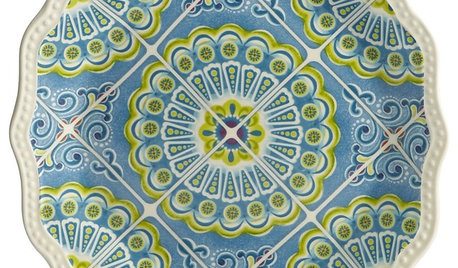
PRODUCT PICKSGuest Picks: 20 Brunch Tableware Finds With Joyous Colors and Patterns
Set out a feast for the eyes with plates, serving pieces and accessories that can make any brunch a celebration
Full Story
CRAFTSMAN DESIGNAmerican Architecture: The Elements of Craftsman Style
Proud of its handiwork details and with nature as inspiration, Craftsman architecture stands out for its purity of style
Full StorySponsored
Your Custom Bath Designers & Remodelers in Columbus I 10X Best Houzz
More Discussions






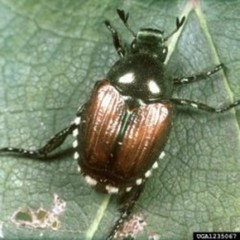
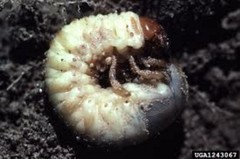
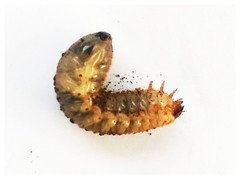
jonfrum